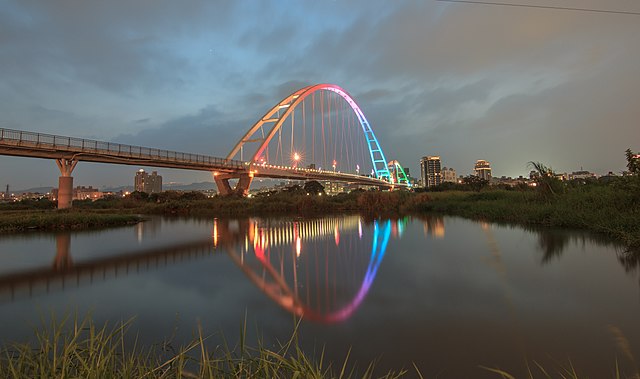These last few months of building this practice have been some of the most satisfying of my life. With every passing networking call, I feel a stronger sense that what I am doing is needed, and every closure hotline call fills me up with an almost-overwhelming sense of purpose.
The other day, as another hotline call was coming a close, I asked the person if they had any questions for me and they blurted out, “So, what are you doing?”
She was not the first person to ask this and certainly won’t be the last, so I figured I had better write this up in the hope that it would clear things up for people — and maybe also (a little bit!) for me.
Hotline Help
According to Wikipedia, the idea of a hotline or helpline originated in the early 1950s in the UK as a means for trained, caring volunteers to be available to people who may be in the midst of a crisis. Since that time they have spread around the world to address such pressing issues as suicidal ideation, assault, and drug overdose*.
I came to the idea of offering a “closure hotline” from my friends/collaborators at Stewarding Loss and The Decelerator who have been offering this service to organizations facing closure in the UK for over 5 years now. My hope was that I could use it as a way to: (1) determine whether what I was doing even made sense, (2) start to train myself in deep listening, (3) start to identify patterns in organizational endings, and last but not least, (4) hopefully say or offer something that might help someone else who is struggling with a closure.
Unlike a traditional helpline, I am not here to stop anything from happening. I am, in fact, only attending to discussions of people actually looking at endings. If people are trying to figure out how to save things, I tell them something akin to “come back when you think you are ready to die.”
My role, then, is to listen deeply, probe carefully, and reflect the person and their situation back to them in a way that — I hope! — gives them valuable perspective. So far the response has been deep appreciation.
“So, what are you doing?”
Finding The Others
In addition to speaking with people in the throws of closure, I am also chatting with people about endings gone by and also practices of winding down. Some of the fascinating people I have recently met include:
- Anna Shneiderman, who has been facilitating theater closures in California’s Bay Area;
- Erin Richardson, who supports organizations in the process of removing items from museum collections; and
- Naomi Hattaway,who is helping people design their departures from organizations.
I have also been fortunate enough to be offered the opportunity to take over the Composting and Hospicing Community of Practice under the umbrella of the Stewarding Loss and the generous funding of the Joseph Rowntree Foundation’s Emerging Futures Initiative. I have participated in this group in the past, and I am proud to now be at the helm of strategizing about its future!
Getting To How
Moving forward, I am focused on:
- ushering individuals and organizations through real closures,
- exploring how an organization’s learnings can be durably archived, and
- working with others to build out a vocabulary and praxis of closure that can be shared and grown across the world.
I plan to do this by writing and speaking about closure a lot more and trying to connect to funders and nonprofit incubators to begin instilling a stronger “lifecycle”/systems change focus in activism and movement spaces.
Longer term, I’d love to be part of some sort of ongoing “festival of endings” and bring together people who are looking at this across many different sectors. This is, by no means, a one-human job, but I am feeling increasingly confident about the magnitude of the contribution that I can make.

Leave a Reply